 Not much was known about the dangers of sugars to the body until recent years.
Not much was known about the dangers of sugars to the body until recent years.
The dangerous effects of a loaded sugar diet are becoming more widely known, however, many are still unaware. They still view candy, soda, cookies, cakes, pies, and other sweets all just like food. While there is other nutritional value to it, that sugar included adds up quickly.
“Sugar is bad”. We all keep hearing it but rarely do you get the explanation behind the statement. Let’s look into it and see why it’s been deemed “bad”.
Your dental health is likely to suffer
Sugar loves your teeth, but it’s a one-way relationship. Sugar sticks to your teeth and feeds the bacteria found there. Over time, teeth can decay and rot as a result.
You overwork your liver
Sugar is just plain bad for your liver. Excess sugar consumption has a similar effect on the liver as drinking mass amounts of alcohol. This is because of the high fructose content in sugar, which turns into fat, and after becoming lodged in the liver, it can often develop into non-alcoholic fatty liver disease.
Type II Diabetes, coming up!
High amounts of sugar in your diet can result in insulin resistance. Insulin resistance can result in an excess of glucose in the blood which is toxic. This can cause a number of conditions to develop, perhaps the worst of which is type II diabetes.
Cancer connection
Sugar feeds cancer cells. Numerous studies have shown that there is a connection between sugar in excess and cancer. Once again relating to insulin – sugar creates elevated insulin levels, creating an environment where the body can’t properly regulate the abnormal growth and multiplication of unwanted cells, thus, potentially leading to cancer.
It becomes an addiction
Sugar attaches to the same pleasure centers in the brain that result from doing heavy drugs and is equally addictive. It may be hard for people to practice moderation when it comes to junk food. Quitting cold turkey can actually lead to withdrawal symptoms. It’s best to ease it out of your diet if you are a big sugar fan.
Sugar contributes to obesity. If you eat a lot of sugar, you will have a higher tendency to become overweight. Fat gained from sugar consumption attaches around your gut, earning itself the nickname “sugar belly.”
Contributes to Heart Disease
That’s right. Consuming sugar excessively over time can lead directly to heart disease.
Heart disease is the #1 killer worldwide, and recent studies show that a diet high in sugar could be a major contributing factor.
My cause other issues
Sugar can raise your blood glucose and insulin levels
Sugar leads to obesity
Sugar can make you depressed.
Sugar contributes greatly to your overall mental health
Sugar can bring on anxiety
Sugar has even been related to memory issues especially later in life.
For further guidance please make an appointment with the onsite nutritionist available at Tampa Cardiovascular Associates by calling (813) 975-2800. Not only are our physicians dedicated to keeping your heart health at its best, but we’ll do anything we can to help you improve your everyday quality of life through important lifestyle choices. www.tampacardio.com.


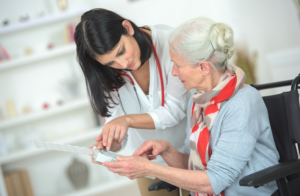 Cardiologists and General Practitioners are no longer recommending an aspirin regimen for the majority of the public.
Cardiologists and General Practitioners are no longer recommending an aspirin regimen for the majority of the public.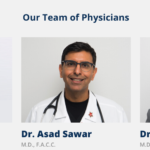
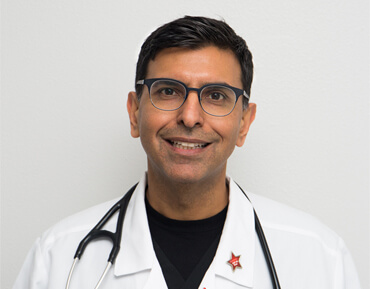

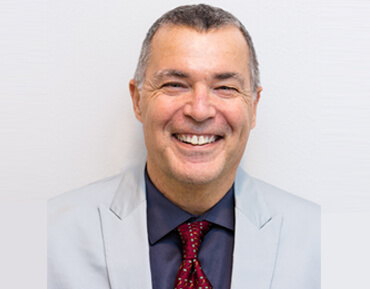
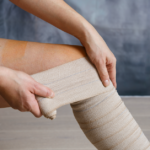
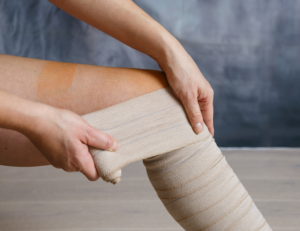 Varicose veins can be an uncomfortable nuisance. Living with venous insufficiency or varicose veins you often experience a decrease in your normally active lifestyle due to pain. These conditions can cause a wide range of symptoms that make your legs the new unwanted focus.
Varicose veins can be an uncomfortable nuisance. Living with venous insufficiency or varicose veins you often experience a decrease in your normally active lifestyle due to pain. These conditions can cause a wide range of symptoms that make your legs the new unwanted focus.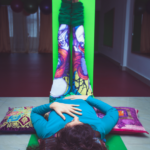
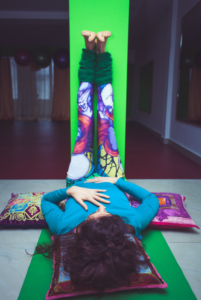 People seem to be turning to yoga classes to help with everything from stress to high blood pressure to even now varicose veins, but does it really work?
People seem to be turning to yoga classes to help with everything from stress to high blood pressure to even now varicose veins, but does it really work?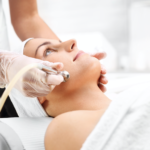
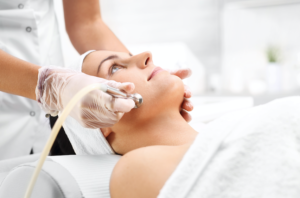 Spider veins are most often thought of as a leg only issue but broken capillaries (spider veins)can form nearly anywhere on a person’s body.
Spider veins are most often thought of as a leg only issue but broken capillaries (spider veins)can form nearly anywhere on a person’s body.
 We are hearing an awful lot about genetics and health in the news these days. It may be causing you to wonder if your mother, aunt or grandmother had spider veins – you are destined to get them as well?
We are hearing an awful lot about genetics and health in the news these days. It may be causing you to wonder if your mother, aunt or grandmother had spider veins – you are destined to get them as well?